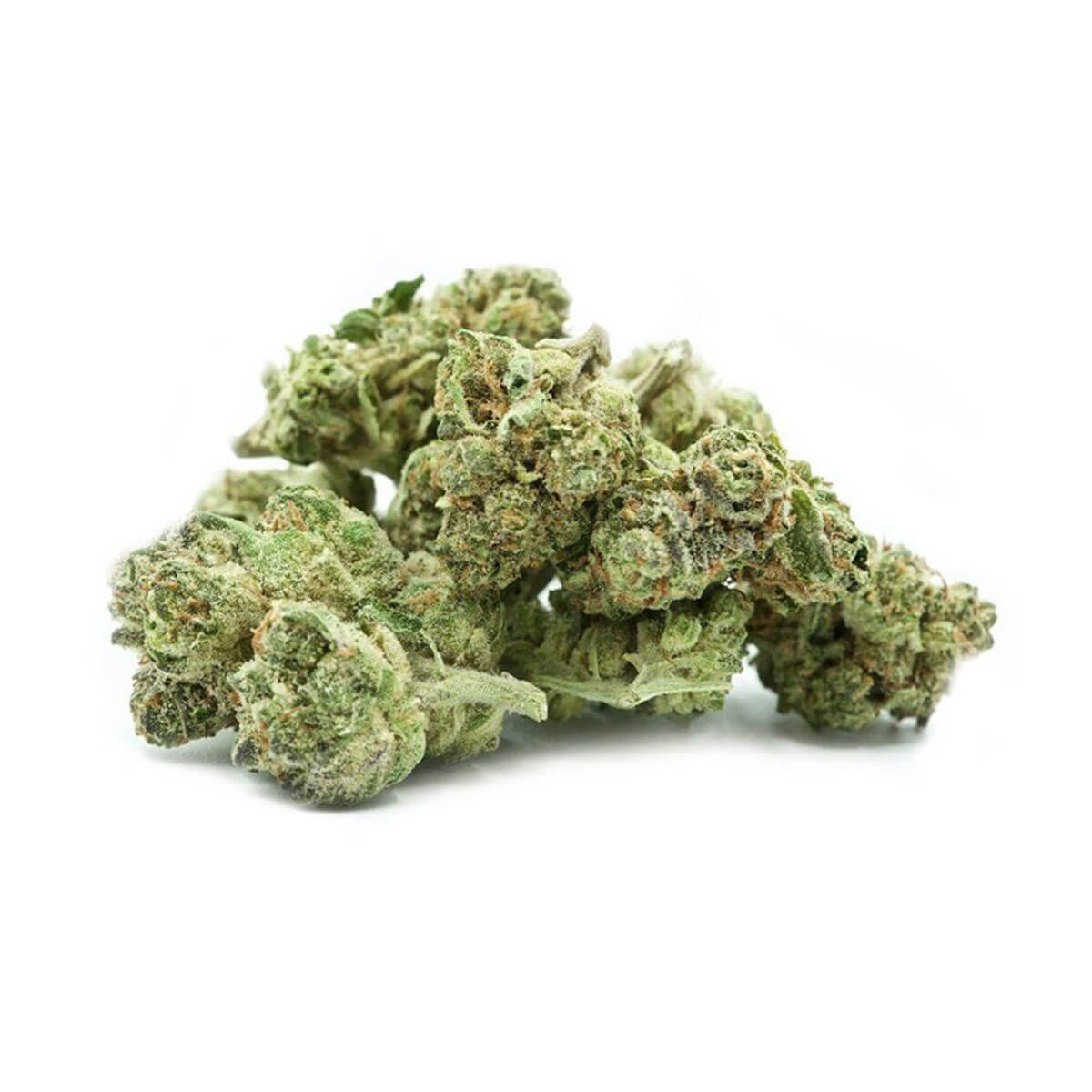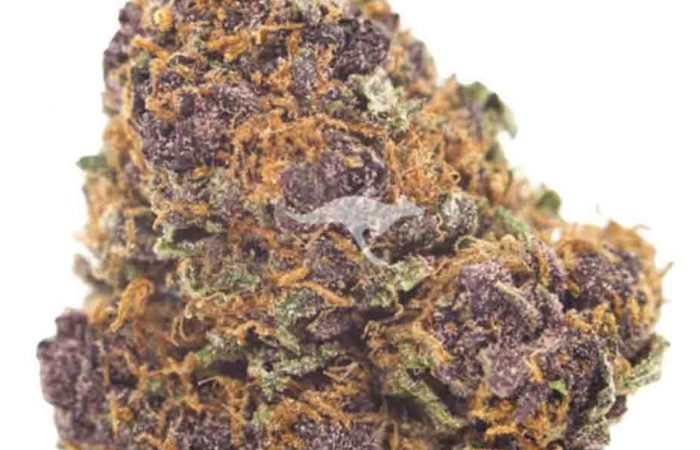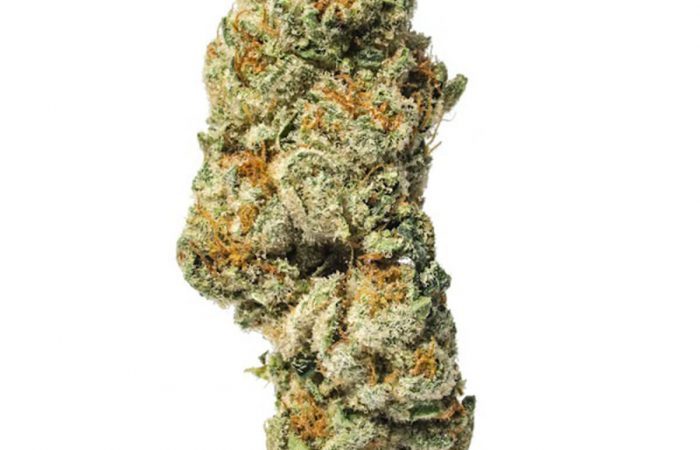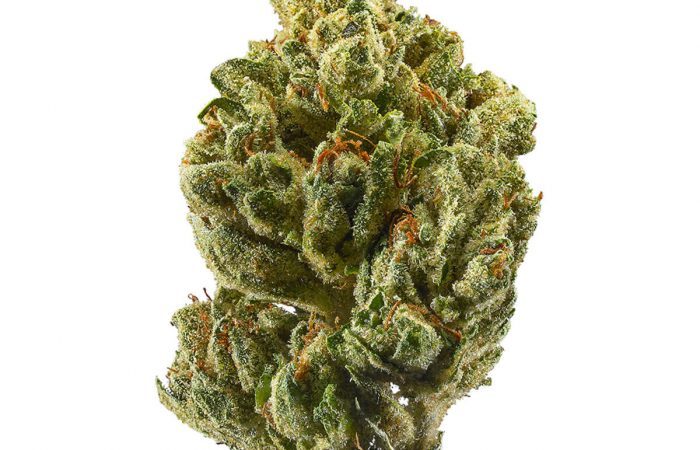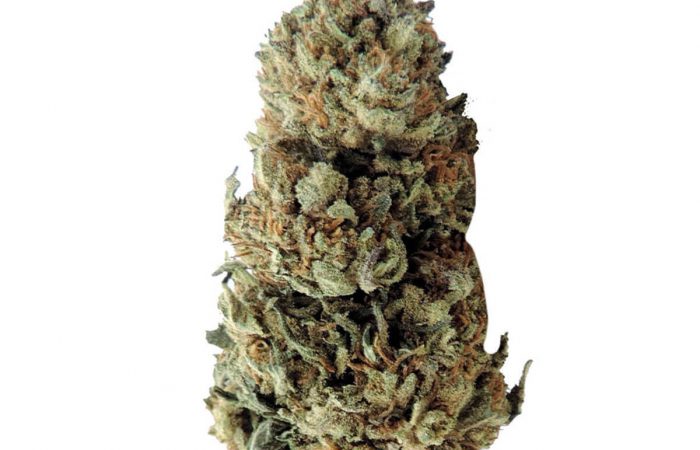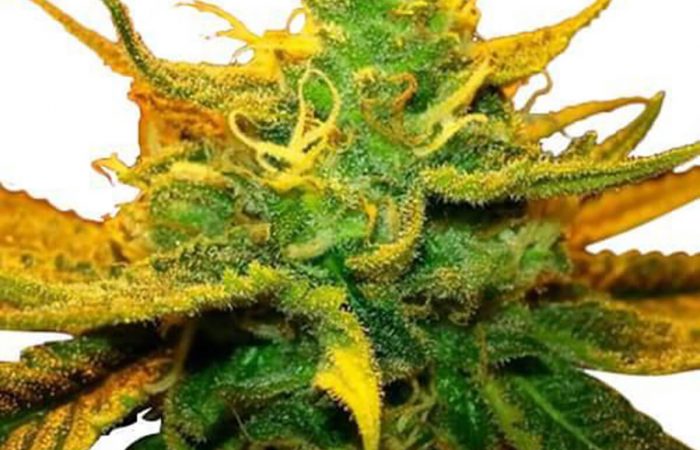Amnesia x Nicole Kush Strain FAQ
How to boost the resin production of cannabis plants?
Resin is a critical component of cannabis plants, responsible for producing the cannabinoids that give the plant its medicinal and recreational properties. Therefore, growers looking to increase their crop potency often focus on increasing resin production. One way to do this is to expose the plants to cooler temperatures during the vegetative stage. This can be achieved by reducing the amount of light during the day or by using fans to create a breeze. Additionally, some growers prefer to use light-blocking filters during the flowering stage, which can also help increase resin production. By taking these steps, growers can significantly increase the amount of resin their plants produce, resulting in a more potent final product.
What to do when cannabis buds do not ripen at the same time?
If you grow cannabis, you know that sometimes buds do not ripen simultaneously. When this happens, you have two options for dealing with the situation. One option is to simply remove the ripe buds and leave the unripe ones on the plant. This will give the unripe buds a chance to catch up. The other option is to harvest all the buds and dry them together. This will result in some buds being over- or under-ripe, but it is a simple way to deal with uneven ripening. Whichever option you choose, uneven ripening is not a huge problem and can be efficiently dealt with.
Is it okay to start low-stress training during flowering?
Low-stress training (LST) is a type of cannabis plant training that involves gently bending and tying down the stems to encourage the plant to grow sideways. This aerates the plant, allowing more light and air to reach the buds, which results in bigger, denser, and higher-quality flowers. LST can be started at any time during the flowering phase, but it is best to start early, so the plant has time to recover before harvest. To begin, choose a stem near the base of the plant and bend it down until it touches the soil. Use a small piece of string or twine to secure the stem in place. Continue this process around the entire plant, being careful not to damage any of the branches. Once all the stems have been bent down, wait a few days to see how the plant responds. If everything looks good, continue with LST for the remainder of the flowering phase. If you start LST too late in the flowering stage, you may not see as large of an increase in bud size. However, starting early will give your plants a better chance of producing high-quality flowers.
Can I reuse cannabis soil several times? What are the pros and cons?
Cannabis growers often face the decision of whether to reuse their soil or start with fresh dirt each time they plant. There are pros and cons to both approaches. On the one hand, reusing soil can save money, reduce waste, and be more efficient since it doesn’t require as much work to prepare the grow area. In addition, reusing soil can help build up beneficial bacteria and fungi that can improve plant health. By taking these precautions, growers can safely and effectively reuse cannabis soil many times over. Indeed, why discard perfectly good soil when it can be used again and again?
However, reusing soil can also lead to problems such as nutrient depletion and the build-up of harmful toxins. It also comes with a few important caveats. First, it’s essential to ensure that the soil is completely dry before reusing. If there is any remaining moisture, there’s a risk of mold or mildew growth. Second, it’s also crucial to sterilize the soil before reuse. This can be done by baking the soil in an oven at a low temperature for several hours.
Starting with fresh soil each time can help avoid these issues, but it is more expensive and labor-intensive. Ultimately, the best decision depends on the grower’s individual circumstances.
